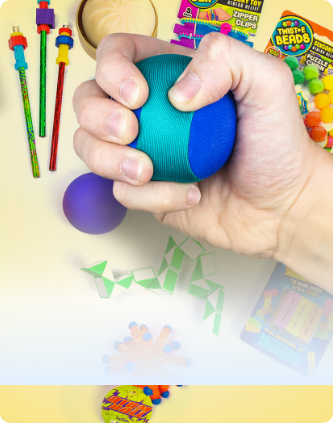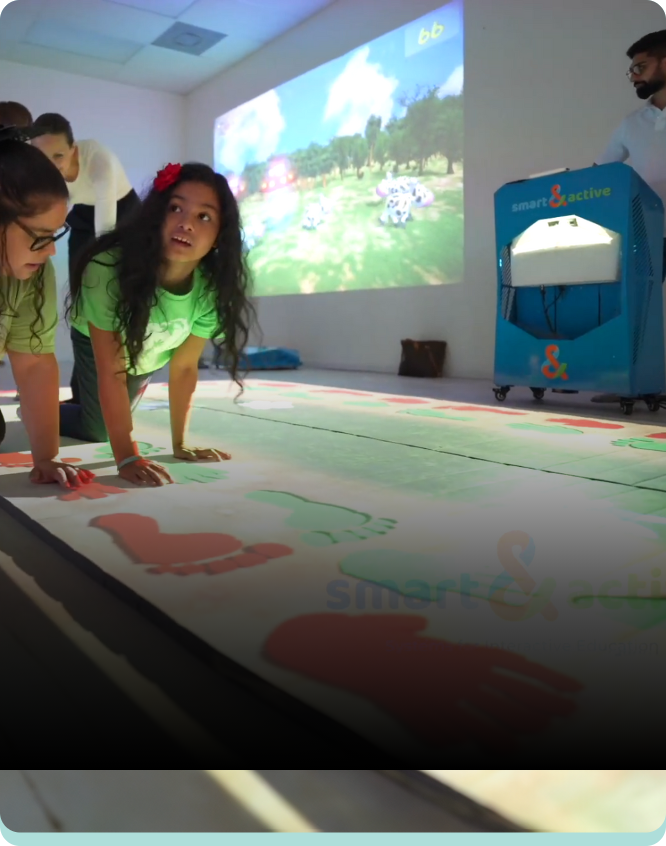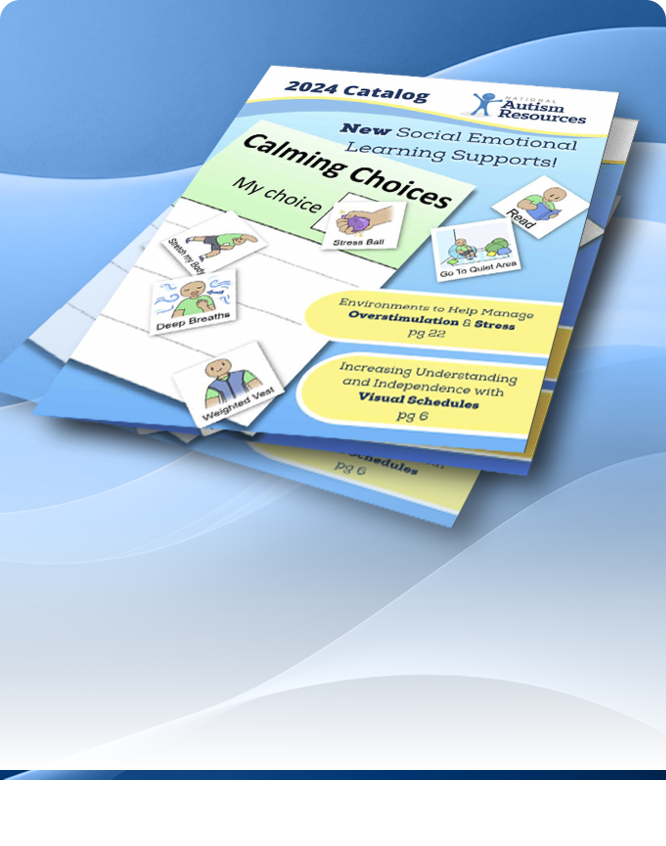Exercise Improves Behavior and Academic Performance for Students with Autism and Behavioral Challenges
Feb 10th 2017
Research continues to show that exercise may be a key component to a successful academic program for students with autism and behavioral disorders. Participating in daily aerobic exercise will not only help your students physically, but can improve their academic performance as well.
A recent study found that kids who participated in a daily “cyber cycling” program had significantly less problem behaviors than those who attended a standard twice weekly PE class. Students with autism, attention deficit hyperactivity disorder, anxiety and mood disorders who exercised daily exhibited as much as 70 percent fewer disruptive behaviors. (1)
However, the benefits of exercise don’t stop there. Further research and anecdotal evidence is showing that sports and other physical activity can,not only make people on the spectrum healthier, but also decrease self-stimulatory behavior, increase academic performance, and increase on task behavior.
One small study of five adolescent men with autism reported “a significant decrease in self-stimulatory behavior following the physical exercise.” Furthermore, the study compared academic performance and on task behavior before and after exercising and found all students performed better after exercising. (6) Another study incorporating daily exercise on a treadmill also reported similar findings. (4) These findings have been replicated with younger children as well. (3)
The benefits of physical exercise are clear. However, there are challenges to providing consistent exercise opportunities at home and school for people on the spectrum. A 2015 study of 83 children found that only 10 (12%) of the ASD children were physically active. The rest preferred solitary play. Financial concerns, lack of opportunities, and sociodemographic factors limited the amount of exercise kids on the spectrum had available to them.(2)
With this in mind, here are a few suggestions to help you create positive aerobic exercise opportunities for this population:
- Offer exercise opportunities that require few social demands.
- Offer activities that require fewer people to participate.
- Offer activities that can easily continue into adulthood with less reliance on others.
- Rhythmic or repetitive activities tend to be well received.(5)
So what are some good options? Successful exercise programs have included swimming, stationary bike riding, martial arts, yoga, and structured PE programs. Opportunities to play video games that include aerobic workouts such as rhythmic dancing or cyber cycling (1) can also be very enjoyable.
For more exercise options check out our Gross Motor and Balance products.
(1)Bowling, April, et al. "Cybercycling Effects on Classroom Behavior in Children With Behavioral Health Disorders: An RCT."Pediatrics (2017): e20161985.
(2)Memari, Amir Hossein, et al. "Children with autism spectrum disorder and patterns of participation in daily physical and play activities."Neurology research international 2015 (2015).
(3)Oriel, Kathryn N., et al. "The effects of aerobic exercise on academic engagement in young children with autism spectrum disorder."Pediatric Physical Therapy 23.2 (2011): 187-193.
(4)Pitetti, Kenneth H., et al. "The efficacy of a 9-month treadmill walking program on the exercise capacity and weight reduction for adolescents with severe autism."Journal of Autism and Developmental Disorders 37.6 (2007): 997-1006.
(5)Pleban, Francis T., David Barney, and Renae Burke. "PHYSICAL ACTIVITY IN CHILDREN WITH AUTISM SPECTRUM DISORDERS: CONSIDERATIONS FOR EDUCATIONAL PROGRAM ADMINISTRATI ON."Central European Journal of Sport Sciences and Medicine 5.1 (2014): 15-26.
(6)Rosenthal-Malek, Andrea, and Stella Mitchell. "Brief report: The effects of exercise on the self-stimulatory behaviors and positive responding of adolescents with autism."Journal of autism and developmental disorders 27.2 (1997): 193-202.







